By Megan Roberts, Community Engagement Program Manager at the Asthma and Allergy Foundation of America
This post is a follow up to Breathing in the Boat: Dragon Boat World Championships With Asthma.
Paddling is my passion. I’ve raced boats in half of the world’s oceans, Hungary, Italy, Hawaii, Canada, Puerto Rico and all over the United States. I have not, however, ever had the opportunity before 2017 to race in China, the birthplace of the sport of dragon boating more than 2,500 years ago.
In my last post, I shared my crushing decision to give up on competing in the 2017 Dragon Boat World Championships in China because of unmanaged asthma, combined with the high altitude of Kunming, the mountainous race location in the Southwestern China province of Yunnan.
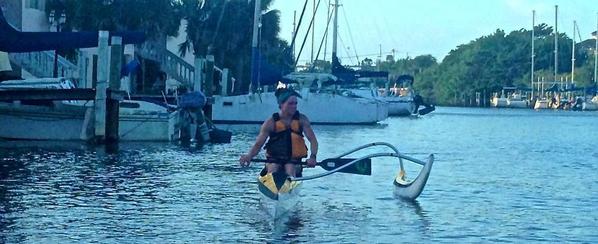
During the late winter to early spring 2017, I accepted my situation and told the national team coaches I would not be competing. As the on-water season began in early spring, I didn’t attend national team training camps or prepare myself for the time trials that would be needed to earn a seat on the crew. The trials themselves came and went in late spring to mid-summer. Although I had removed myself from the selection process, I didn’t ease up on my training, though. I didn’t know exactly what I was gearing up for, but wanted to be ready for anything. Maybe the void of attending world championships would open up new paddling opportunities.
In late May of 2017, I began working for the Asthma and Allergy Foundation of America (AAFA). My first day in the office, I sat in as Community Director Kathy Przywara hosted a Twitter chat on exercising with asthma. After an hour of scrolling through tweets from our panel of experts, I realized my asthma was undertreated and that I had other options. A spark of hope was ignited.
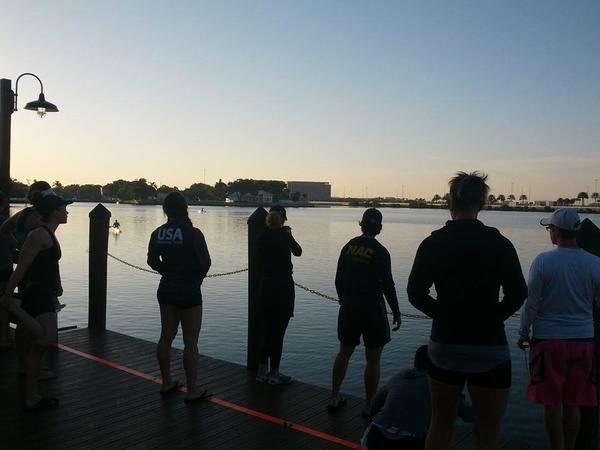
Shortly thereafter, a final tryout and practice camp for some of the national team candidates was held in Philadelphia, and I sat in on a practice to help fill the boat. After an hour on the water of 1-minute sprints in the blazing midday heat, sneaking puffs of albuterol between a few of them and wondering if I would make it to the end, I stepped off the water thinking, “Oh, how I miss this!” But also, “Not possible this year! You barely made it through practice!”
The next day, I was back at the river to coach my local team’s practice as the Team USA women were launching again. One of the coaches greeted me, asking how it went the day before at practice. Sitting in a boat full of some of the nation’s best female paddlers made me miss it terribly, I confessed. “It’s not too late,” he said mysteriously as he turned to walk down to the dragon boat dock.
“Not too late? This is the final selection camp! Some of these women have tested four or more times already,” I thought to myself, dismissing his statement.

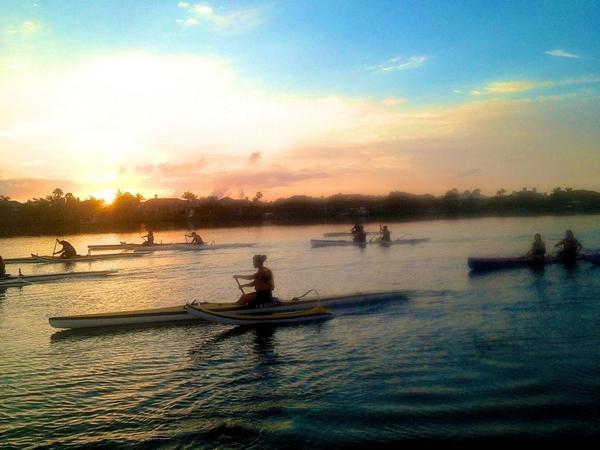
As I was leaving the river after my practice, I noticed the entire Team USA women’s coaching staff congregated in the parking lot. I walked over to greet them, as I hadn’t seen some since 12th International Dragon Boat Federation World Nations Dragon Boat Championships in Canada in 2015.
They must have sensed my weakness to the idea, because right there in the parking lot, they offered me a seat on the crew. I thought they were messing around. The coach I had spoken to earlier stuck out his hand to convince me otherwise.
“What am I doing,” I thought to myself as I shook his hand, entering into a contract I don’t take lightly. I didn’t have time off to take at my new job. I hadn’t come close to controlling my asthma. I had no money saved for the trip. But in my heart, I was already in. I would figure it out. They don’t just offer seats to anyone.
There was a caveat though.
“You can have a seat on the women’s boat, but if you also want to compete on the mixed crew, you are going to need to time trial for that.”
“Yes, I would love to trial for the mixed crew. When is that?”
“In two weeks.”
Gulp. Between the moment I shook hands in the parking lot and the date of the time trial stood a vacation I had planned with my family. That left one day to prepare for a time trial I would normally spend months training for. And of course, there was still the problem of asthma, which was closing my airways during periods of intense exertion even with albuterol. Exertion doesn’t get much more intense than a time trial. Your heartrate reaches the red zone within seconds, and you then cling stubbornly to full throttle for the next few minutes until the timer flatly calls, “Time,” after an eternity of quietly hellish suffering on an endless, hot, weed- and mosquito-filled canal with your competition standing and staring on its banks.
The mixed crew is comprised of the top male and female paddlers from the gender boats, who have twice as many races to complete as everyone else – and twice as many chances to medal. Not the best idea for someone who already had no idea how she was going to compete at all with unmanaged asthma at high altitude. But if I was going to China, I was all in. I had competed on both the mixed and women’s crews each of my previous two world championships. I just hoped I didn’t embarrass myself in the time trial.
That week, along with a single practice of each test distance, I managed to squeeze in a doctor’s appointment and get a prescription for the medicine montelukast (also known under brand name Singulair). It takes a few weeks for montelukast to reach fully therapeutic levels in your system, and I didn’t even know if this drug would work for me when it did. But I picked up the prescription and hoped for the best.
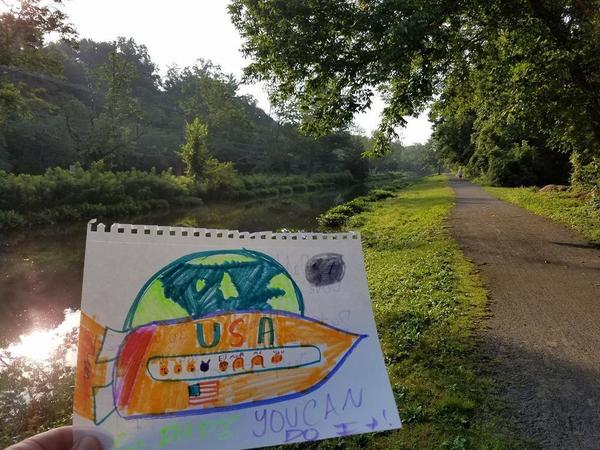
I was the second person to arrive the following Saturday morning at the testing site, at least an hour early. I put my sneakers on and went for a warm-up jog. Others showed, boats were assembled and placed in the water, and trials began. I was the only woman on the canal for about three hours. Apparently, the women were going last. The testing order seemed to be determined by whoever had an excuse to leave. I felt like an intruder as this was my first trial, so I held back and let others go. I cooled down and warmed up four more times and tried to maintain balance of albuterol dosage with the increase in heartrate that accompanies it. After a few hours, I ran out of both liquids and snacks and nervously realized I would be completely depleted of fuel by the time I got in a boat. For hours, I stood at the bank, cheering and watching dreams get crushed, confirmed or suspended as each consecutive paddler gave their best shot at the canal.
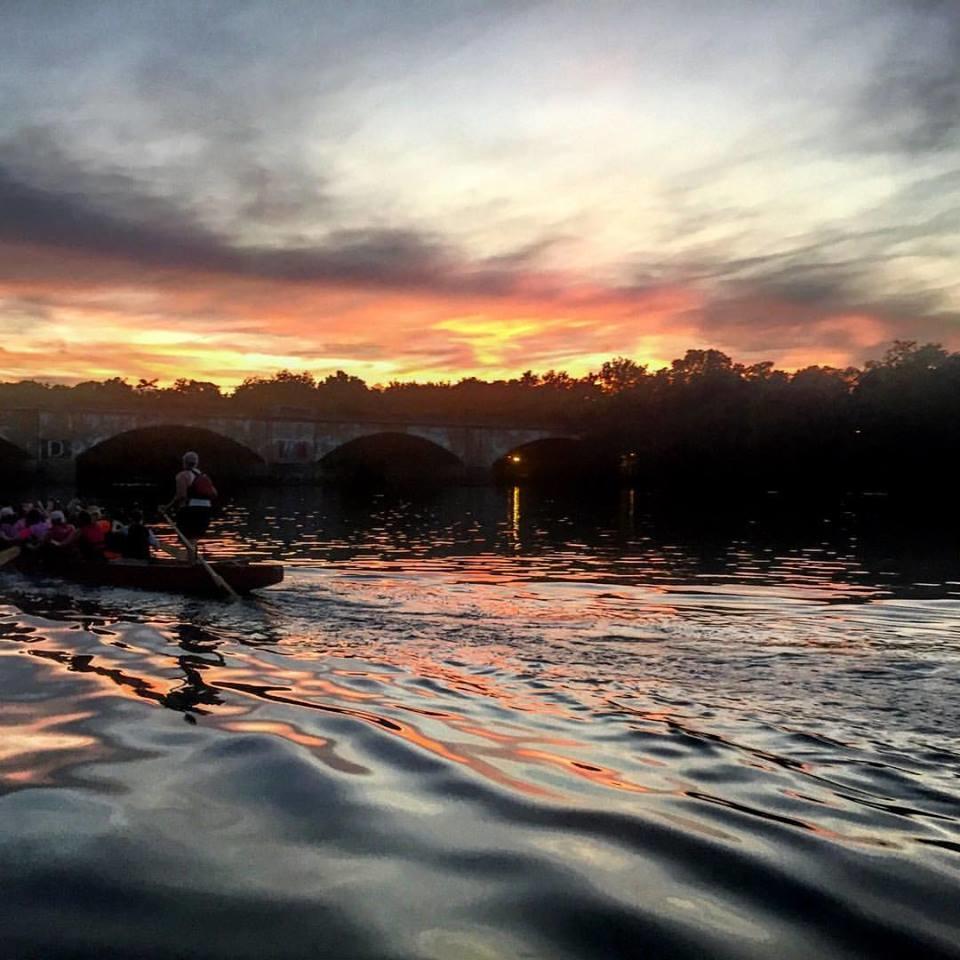
I was the very last to go, five hours after I arrived. Right before I tested, the seat on the boat broke. The wearied coach, who had been sitting at the canal start line for hours longer than expected on a hot summer day, marched up the canal to the boat silently, picked up a twig and shimmed the seat with it.
It was a desperate measure – one I sensed he was hoping I would not complain about so he could finally leave. I thanked him and hopped in the boat, understanding the precarious nature of the equipment I was forced to rely on. All the power derived from the largest muscle group in my body was dependent on that seat not budging. I would just have to do my best, which meant I had to forget about the twig. In a sprint distance trial, there is no room for error. I needed to focus 100 percent of my attention on execution.
Almost everyone else had left. A few kind souls stuck around to cheer for me like they had for everyone else. When you’ve fought your own mental battle on the canal, you know how much just one person yelling for you, any person at all, can mean. It means hope. It means you’re not alone in your fight.
I paddled down to the start. The coach radioed down to the finish line. “Starter ready.” He got the confirmation signal back from the finish line.
“Sit ready. Attention. Go.”
I fought for my life, for my old reality before asthma, for the possibilities I hoped would remain within my grasp, for four minutes. After exploding out of the start sequence, I rolled through my list of technique points that would keep me sane down the course. Leg drive, BREATHE DEEP, rotate, big reach, stay smooth, BREATHE, STAY OUT OF THE WEEDS.” I focused on remaining calm and breathing through my nose, both decreasing the likelihood my airway would close up halfway down the canal. If that did happen, there was no chance my time would be competitive for this distance, and the inflammation would prevent me from succeeding in the second test distance as well.
“Time.”
I slumped over in my seat, which miraculously had not broken mid-test, gulping air greedily. About 15 seconds later, when I had enough oxygen to form words, I blurted out, “How’d I do?”
Long pause. Oh no, I thought. She doesn’t even want to tell me.
Finally, the timer spoke. “Four minutes. Flat.” Another long pause, as I continued to stare at her, hoping for clarification but without any breath available to ask for it. Four minutes on the water is almost meaningless without other results to compare to. She finally realized the need for context to move me along. “You beat some of the men.”
I still had to turn the long, slender boat in the narrow canal and paddle back down to the start line, where I would complete another 350 meter test, less than half the distance of the first. But I already knew. I knew I had it. If I could survive the long piece without asthma stopping me, I could certainly crush that shorter sprint as well. And I did. In my second trial, to my surprise again, I managed to beat even more men. (From a physics perspective, this was possible because I weigh much less than most of them and can get off the line comparatively faster.)
I still didn’t have a game plan figured out for competing in world championship races more than 6,200 feet above sea level. I had work to do to control my asthma symptoms for both the race conditions and just the next few months of training I’d need to succeed. But that day, I knew I was still capable of performing at my best, something I hadn’t been sure of for 9 months.
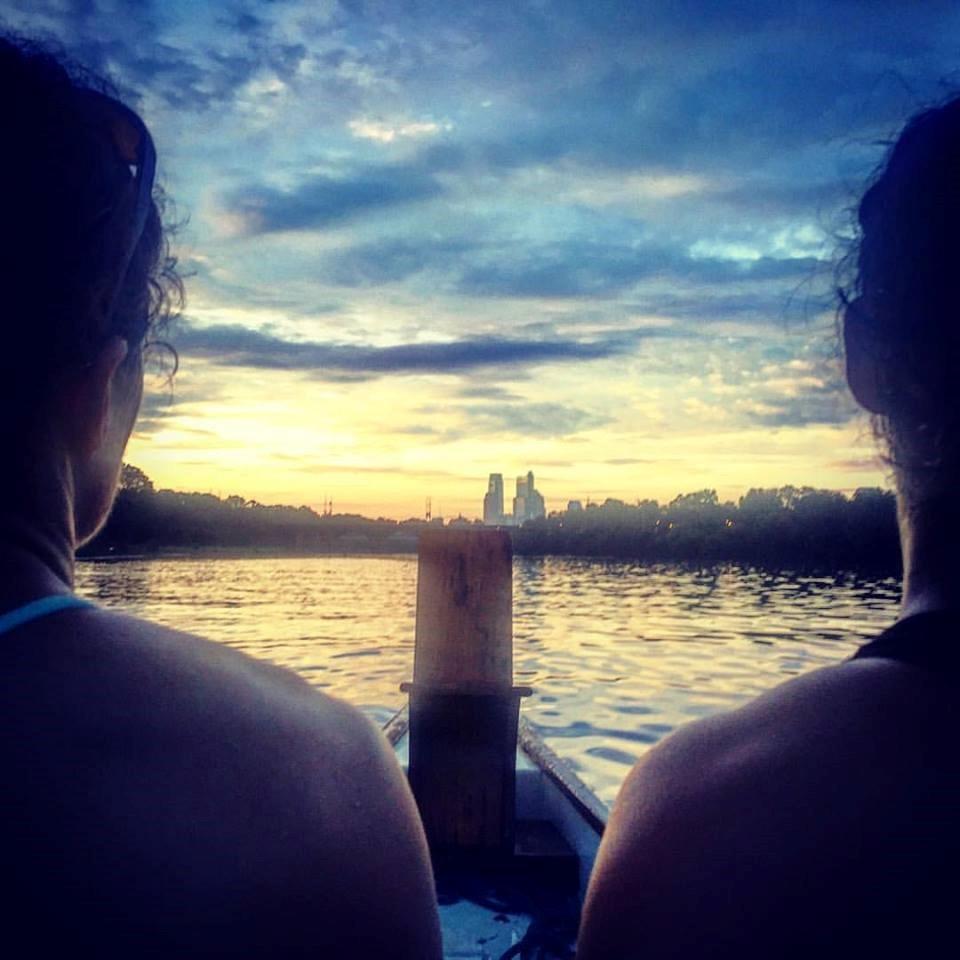
Somehow, against all odds, I had made it in the boat. I had new purpose to figure out how I would breathe there. I no longer cared about any of the obstacles that loomed ahead. I was going to China.
 Megan Roberts is the Community Engagement Program Manager at the Asthma and Allergy Foundation of America. She manages exercised-induced bronchoconstriction and allergies, but still spends most of her free time paddling or as a dragon boat coach.
Megan Roberts is the Community Engagement Program Manager at the Asthma and Allergy Foundation of America. She manages exercised-induced bronchoconstriction and allergies, but still spends most of her free time paddling or as a dragon boat coach.








Comments (8)